pemphigus foliaceus prognosis in cats
Most severe of the pemphigus group of conditions. It is typical for the lesions to spread and occur.

Pemphigus Foliaceus In Cats Vet360
Pads of the paws often have cracking.
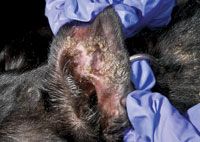
. These lesions typically begin along the nasal bridge around the eyes and ear pinnae. Visibly intact pustules are rarely observed as these superficial pustules are fragile and rupture easily forming crust. Affected Animals Dogs and cats of any age or gender can be affected.
Pemphigus foliaceus is the most common autoimmune skin disease in cats. Pemphigus foliaceus may occur spontaneously or be triggered by. The term means leaf-like pemphigus.
The primary lesion of Pemphigus foliaceus is a pustule. Symptoms of Pemphigus in Cats Pemphigus Foliaceus PF The skin has scales crusts pustules shallow ulcers redness and itching. This is the most common autoimmune skin disease in cats.
Clinical remission is likely for most patients 50 of dogs and 90 of cats and the time to remission is generally 4 to 7 weeks. To explore the prognostic influence of epidemiological clinical immunological and genetic factors on disease course and remission in pemphigus vulgaris PV and pemphigus. The phenotype is usually mild and localized but generalized lesions can occur.
The most common adverse effects reported in cats receiving glucocorticoids included polyphagia and weight gain 8 cats polyuriapolydipsia 7 cats urinary tract. Autoantibodies attack and destroy desmosomes. Showing suprabasilar vesicles and clefts.
With PF the patient develops crusts scabs and ulcers. Feline PF varies in the severity and extent of lesions. Autoantibodies attack and destroy desmosomes the structures connecting one keratinocyte to the other.
Extremely rare auto-immune disease of skin oral cavity and mucocutaneous areas only a. Pemphigus foliaceus PF is an autoimmune vesicobullous to pustular skin disease recognized in many species most notably dogs cats horses and humans. Pemphigus foliaceus PF is an immune-mediated disease that causes pustules and crusted lesions most commonly on the pinnae nasal planum periocular area chin and feet of affected.
The prognosis for pemphigus foliaceus varies between individuals and many cats require lifelong medication. Pemphigus foliaceus is an autoimmune condition that causes painful and itchy blisters and sores on your. 1-31820 Although it is possible that PF for some dogs.
The primary lesion of PF is a pustule. Pemphigus foliaceus PF is an immune-mediated disease that causes pustules and crusted lesions most commonly on the pinnae nasal planum periocular area chin and feet of. Exfoliative dermatitis of face ears and paws.
Crusting dermatitis is the comm See more. Download Citation Pemphigus foliaceus in cats Pemphigus foliaceus is the most common autoimmune skin disease in cats.
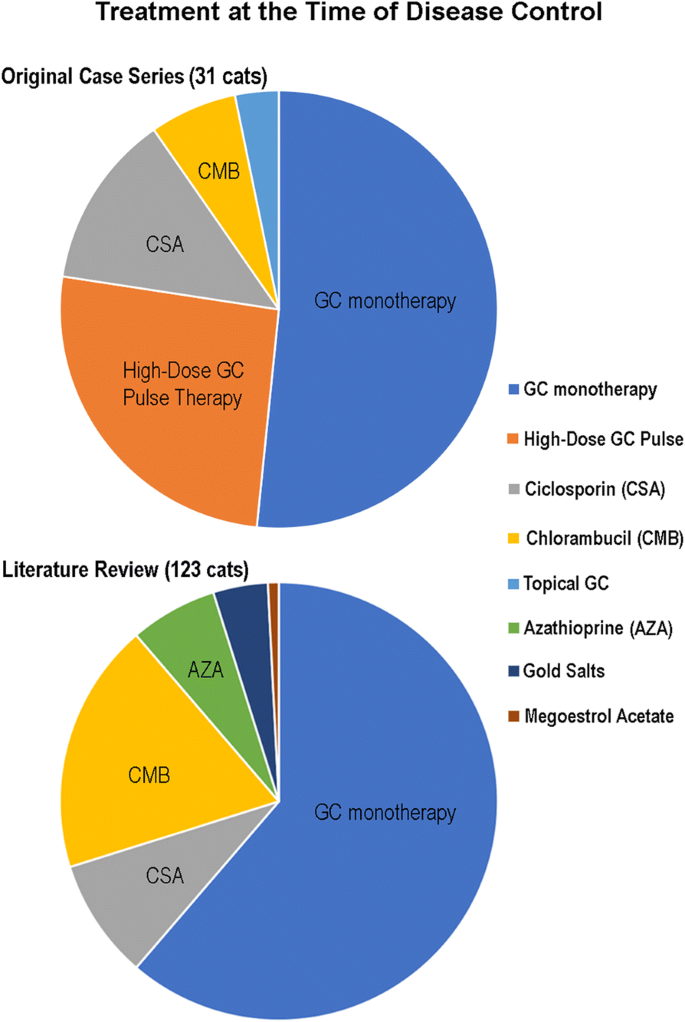
Feline Pemphigus Foliaceus Original Case Series And A Comprehensive Literature Review Bmc Veterinary Research Full Text
Skin Pemphigus Foliaceus In Cats Vetlexicon Felis From Vetlexicon Definitive Veterinary Intelligence

Pemphigus Foliaceus In Cats Vet360

Feline Pemphigus Foliaceus A Common Autoimmune Dermatosis Clinician S Brief

Dermatology Clinic For Animals Pemphigus Foliaceus In Tacoma Wa Dermatology Clinic For Animals

How To Recognize Autoimmune Skin Disease Tips For Spotting Pemphigus Foliaceus

Pemphigus Foliaceus Mspca Angell
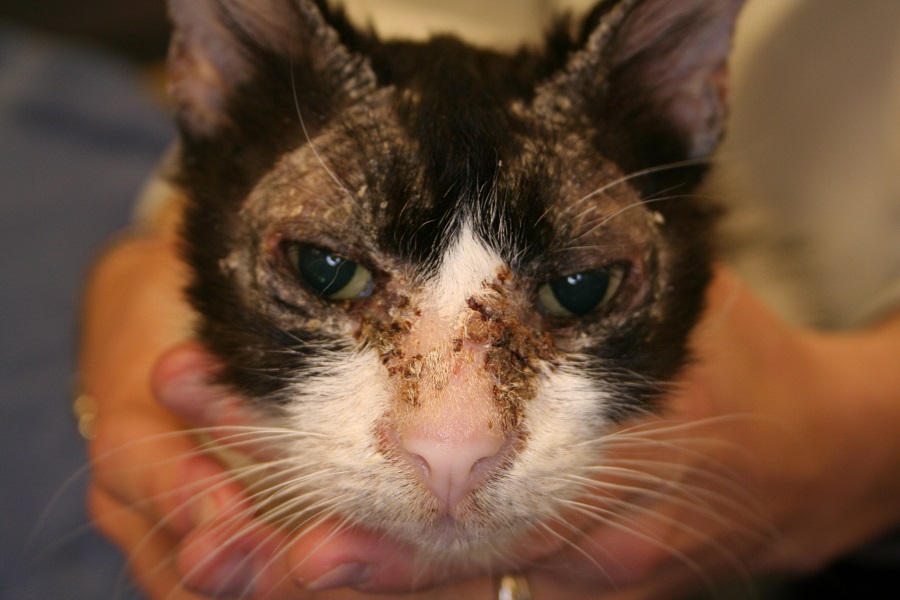
Derm Spotlight Autoimmune Skin Disease In Cats Feline Pemphigus Animal Dermatology Referral Clinic Adrc
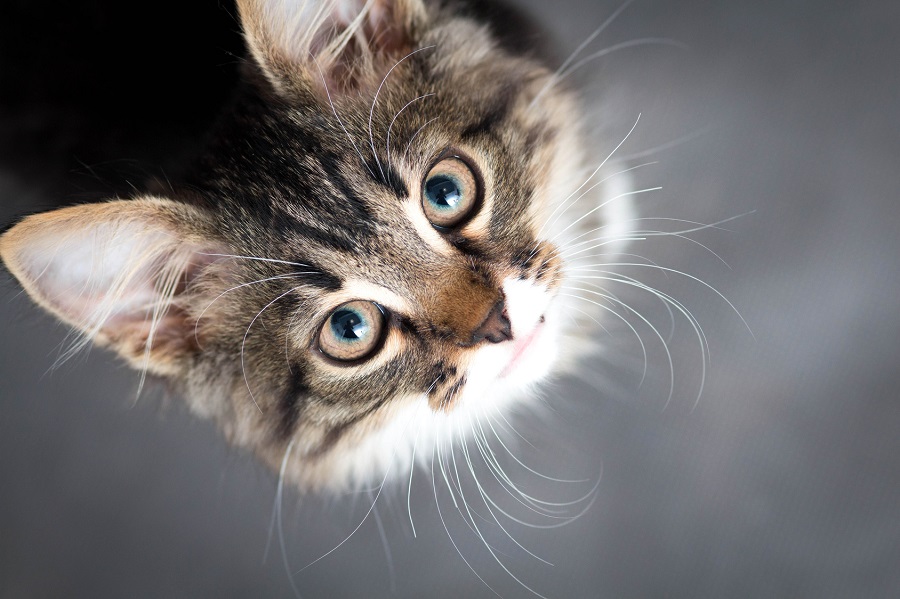
Derm Spotlight Autoimmune Skin Disease In Cats Feline Pemphigus Animal Dermatology Referral Clinic Adrc
Pemphigus Foliaceus The Skin Vet
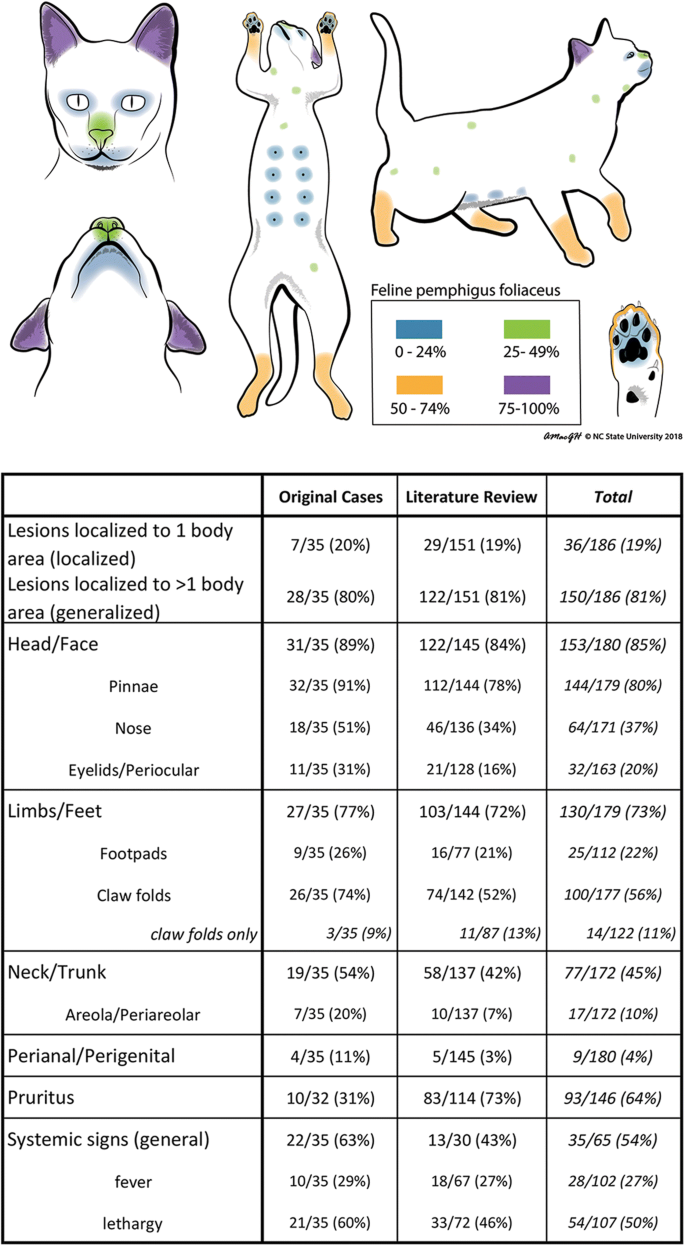
Feline Pemphigus Foliaceus Original Case Series And A Comprehensive Literature Review Bmc Veterinary Research Full Text
Pemphigus Foliaceus The Skin Vet
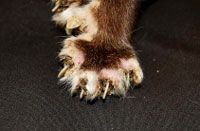
Canine And Feline Pemphigus Foliaceus Improving Your Chances Of A Successful Outcome

How To Recognize Autoimmune Skin Disease Tips For Spotting Pemphigus Foliaceus

The Use Of Hca In Pemphigus Foliaceus
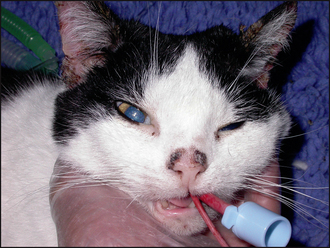
Pemphigus Foliaceus In A Cat Veterian Key

Review Of Pemphigus Foliaceus In Dogs And Cats

